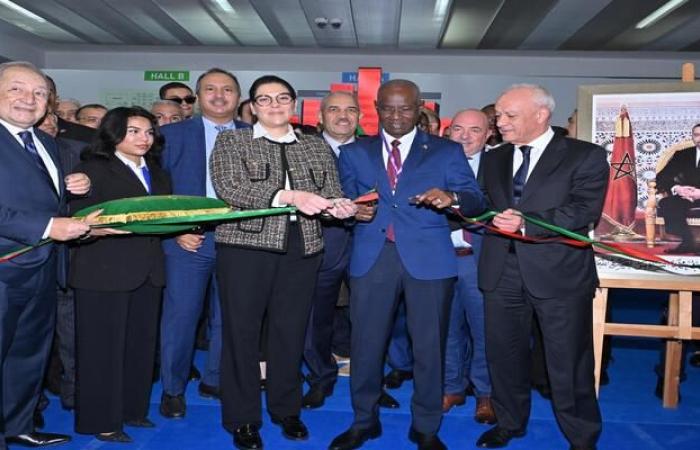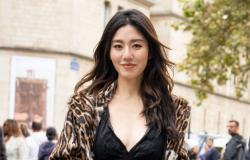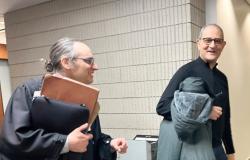The 19th International Building Exhibition (SIB) will be held from November 20 to 24, 2024 at the Mohammed VI Exhibition Center in El Jadida, under the High Patronage of His Majesty King Mohammed VI. Organized by the Ministry of Regional Planning and the Moroccan Agency for the Development of Investments and Exports (AMDIE), and delegated to the Urbacom agency, this event constitutes a strategic platform for professionals in the building sector, focused on sustainability and innovation. The special guest of this edition is the Islamic Republic of Mauritania, which will be honored in order to strengthen Moroccan-Mauritanian collaborations in the field.
The 2024 edition, under the theme “Controlled implementation, Valuable materials and buildings”, will highlight innovative technologies, sustainable materials but also best practices for responsible construction.
This year, 50 countries are represented and more than 1,500 brands are exhibited in a total space of 30,000 m². A program rich in conferences, workshops and thematic areas, such as the SIB Academy and the SIB Formation, will allow participants to discover the latest trends , encourage exchanges of expertise and develop their network.
The 2024 edition promises to be a key moment for the future of construction in Morocco and beyond. The SIB 2024 will focus on several key aspects, including the integration of environmentally friendly solutions, proposals of town planning, intersectoral synergies but also respect for consumer expectations or even support for economic and social development.
Furthermore, this 19th edition stands out as a platform for meeting the challenges of sustainability, quality of life and collaboration in the building sector.
S.S.
Morocco






